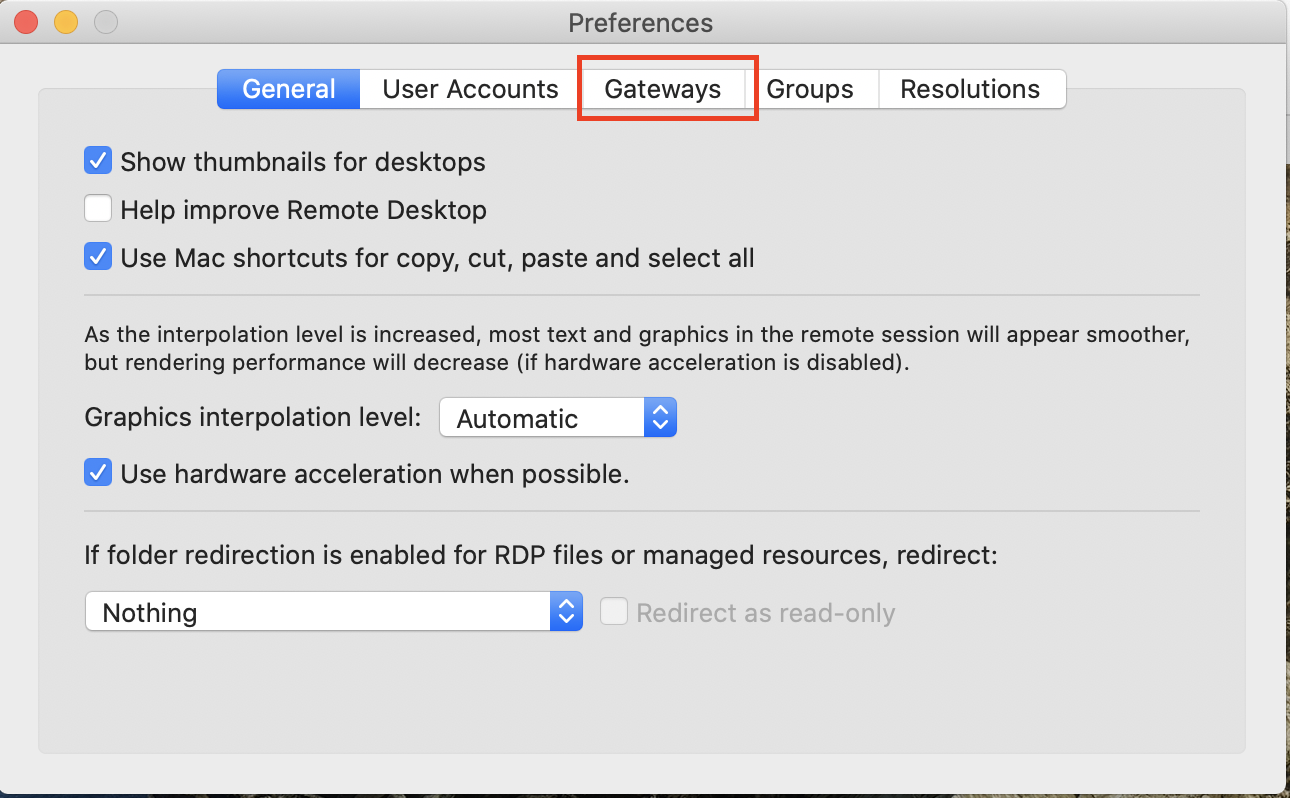

TigerVNC has a rather straightforward interface. There’s also a handful of screenshots, a barebones FAQ, and a slightly more extensive Wiki which all answer some of the commonly asked questions on usage. Remmina’s website lists the features of the main client along with those that are added via plugins. There are a bunch of buttons for common tasks such as switching to full-screen mode or to the scaled mode in case the remote desktop doesn’t fit. You can also manage multiple remote desktop sessions from a single window. It too doesn’t have a server of its own, nor any clients for mobile platforms. In addition to VNC, Remmina supports other common protocols for accessing remote desktops including SSH, RDP, XDMCP and NX. You can also change the quality of the connection on the fly and send keyboard commands to the remote desktop. When connected, there are buttons for common tasks, such as switching to full-screen or scaled mode. Remmina has a tabbed interface for managing multiple remote sessions from a single window. The application encrypts VNC connections with the AES256 algorithm and also offers a button to send all keyboard commands to the remote server. Best of all Remmina lets you alter the colour depth of the remote desktop on the fly. With Remmina you can manually tweak the quality of the connection to make good use of the available bandwidth. You also get checkboxes to toggle some quick settings like starting a simple View Only session and disabling encryption etc. for VNC connections, you can optionally choose the colour depth and quality of the connection as well as encryption. Optionally, you can define other parameters that vary depending on the protocol being used, e.g. At the very least, you’ll have to select a protocol from a drop-down list and enter the server’s IP address. You can also alter a few aspects of the client’s behaviour and define a list of resolutions for the remote desktop.īefore you can establish a connection, Remmina asks you to create a profile to define parameters for the connection.

Here you’ll find options to tweak some auto-save settings for the connections, and define custom hotkeys for common tasks. Remmina houses default remote connection settings under its Preferences window. Sadly, Remmina lacks some extra functionality that you get with other clients. Remmina doesn’t have its own server software, but you can use it for all sorts of remote connections to all kinds of servers. The client supports the widest range of protocols and will connect to all kinds of remote desktop servers. Remmina scores decently in the performance department and gives you the flexibility to change connection quality settings on the fly. Expert users can alter aspects of the VNC connection by going to the Expert tab. Alternatively, you can press the F8 key to display these options. Like some of its peers, VNC Connect uses a panel for accessing features such as the file transfer and chat which hides itself when not in use. VNC Connect enables you to tweak some connection options via a dedicated window. The Preferences window in VNC Connect also gives you access to the Expert parameters to tweak the server’s behavior.

#Mac remote desktop client for linux password#
Security conscious users will also appreciate the privacy options where you can set a master password for the viewer to protect it from unauthorized use. You can share the printer on your local machine as the default printer on the remote VNC server which is a very useful feature. VNC Connect allows you to change several aspects of the viewer. You can get more mileage from your Pi using the experimental hardware acceleration mode which allows you to run applications such as Minecraft Pi, and watch videos with the built-in omxplayer, without any issues. You can easily scroll through PDFs and perform regular desktop tasks with VNC Connect. Simply double click on a machine from the VNC Connect window to connect automatically.

It can also remember remote access credentials so you don’t have to enter them each time which is a definite plus, especially if you need to remotely manage a handful of machines. The client also allows multiple sessions and can run sessions full-screen and scale the remote display to fit the current window on the client computer.


 0 kommentar(er)
0 kommentar(er)
